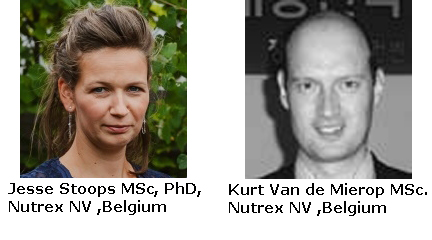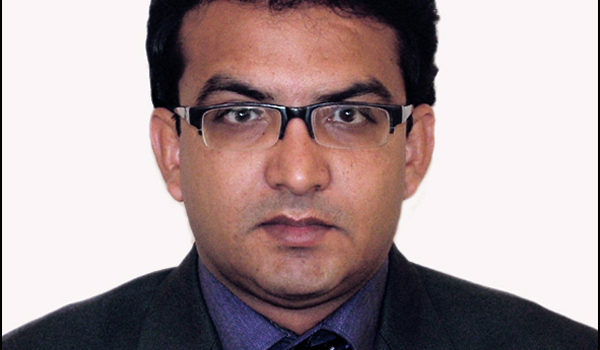Intensive livestock farming exposes animals to various stress factors throughout their life cycle such as heat stress, weaning stress, toxins, pathogens and an unbalanced diet. The process that plays a central role in all these situations is oxidative stress. Oxidative stress is caused by reactive oxygen species (ROS), which can find their origin in exogenous and endogenous sources. ROS are highly reactive molecules capable of damaging macromolecules such as lipids, proteins and DNA. The oxidation of these components damages the cells to the extent that it leads to cell death and ultimately to tissue damage.
Inflammation

Reactive oxygen species initiate an intracellular signaling pathway inducing inflammation and the production of pro-inflammatory cytokines. Depending on the concentration of ROS the inflammation is either regulated or exaggerated. On the other hand, ROS are part of the inflammation process to combat infectious pathogens and contribute to the normal immune defense of the animal. Indeed, at the site of injury and inflammation, immune cells produce and liberate a high amount of ROS to destroy the pathogen, ultimately leading to oxidative stress. Thus, inflammation and oxidative stress are pathophysiological events that are tightly linked with one another. One of them may appear before or after the other, but when one of them appears the other one is most likely to follow and further aggravates the first. Both processes induce cell and tissue damage and take part in the pathogenesis of many chronic diseases.
Reduced gut health
Despite the protective barrier provided by the mucosa, the gastrointestinal tract remains prone to ROS attack as it harbors many potential sources of ROS. Reactive oxygen species can compromise the gut barrier by disrupting the tight junction proteins resulting in an increased intestinal permeability and facilitating the translocation of toxins (endotoxins, mycotoxins …) and pathogens. In addition, animals experiencing oxidative stress exhibit reduced villus height and crypt depth, decreasing the nutrient absorption surface.
Liver and kidney injury
The liver and kidney are organs that are highly vulnerable to damage caused by ROS. Like the gut, the liver and kidneys have tight junctions forming barriers that are compromised during oxidative stress. A variety of liver cells are highly susceptible to oxidative stress, leading to altered hepatic cellular function, inflammation and fibrosis. Oxidative stress not only triggers hepatic cell damage by inducing irretrievable alteration to lipids, proteins and DNA but more importantly, modulates pathways such as gene transcription, protein expression, cell apoptosis and liver cell recovery. These pathways regulate important processes in the liver and control normal biological functions. With regard to the kidneys, ROS invade the renal tissue and degrade key structures in the kidney involved in the excretion of a variety of waste products produced by cellular metabolism into the urine.
Decrease in performance
Oxidative stress influences animal performance significantly. The induced inflammation, together with the repair of damaged tissues requires energy and redirects nutrients away from production processes, resulting in economic losses for farmers. Moreover, pro-inflammatory cytokines suppress appetite resulting in a reduced nutrient uptake for production purposes.
Authors :
Jesse Stoops MSc, PhD, Nutrex NV ,Belgium
Kurt Van de Mierop MSc ,Nutrex NV ,Belgium











